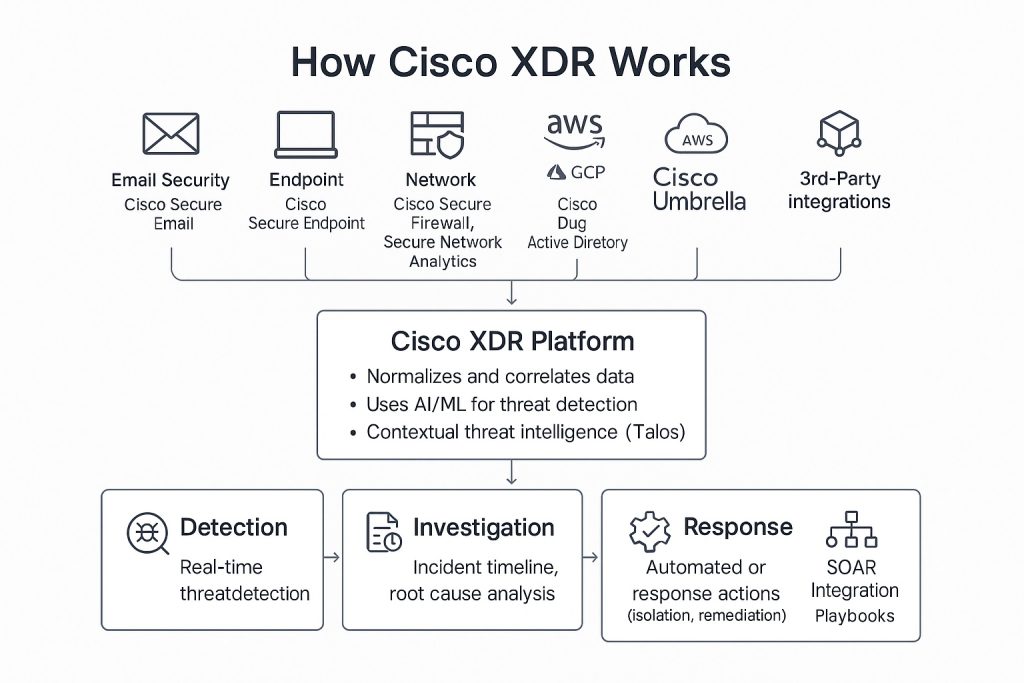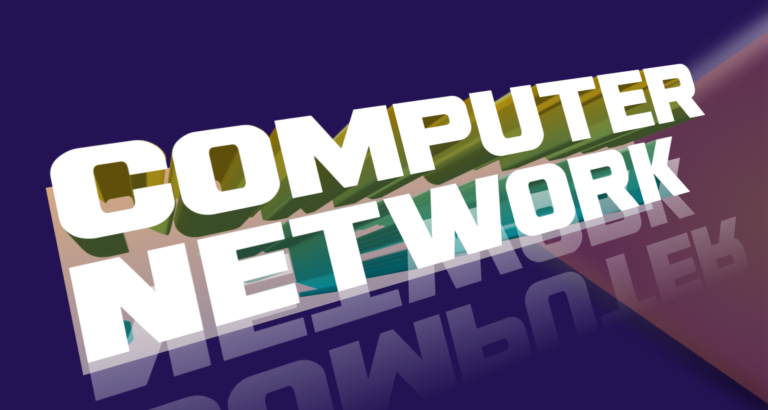What is Cisco XDR? A Simple Guide to Modern Cyber Protection
Introduction
If you are thinking about the cyber threats faced by modern organisations, consider how they detect and eliminate them before they damage the organisation’s assets. The answer to the question is hidden in technologies like Cisco XDR. Cisco XDR stands for Extended Detection and Response. It collects data from organizations’ endpoints, cloud services, networks, and emails to make a clear and fast image of threat potential.
Now, cyberattacks are very common and have become advanced, so it is difficult to detect it through traditional technology. That’s why advanced systems are essential to install in organisations to detect and catch such types of advanced attacks with the new technologies like Cisco XDR.
What is XDR?
XDR stands for Extended Detection and Response. It is a modern security system designed to monitor all the digital systems within an organization. It detects and responds to threats very quickly and eliminates them through an automated process before it cause harm.
Why did Cisco develop XDR?
Before Cisco extended detection and response, companies used separate tools to protect different parts of the systems, such as emails, computers, browsers, and logging in.
The problem was that these tools didn’t communicate with each other, like puzzle pieces that don’t fit.
That’s why Cisco developed a system where tools can talk to each other and share information. This enables security teams to detect and stop threats much faster.
How Cisco XDR Works
Suppose a hacker sends a fake email to an employee, then the employee clicks on that email, and thus his computer gets compromised. Now let’s see how XDR works here.
- Detect: It detects the fake email and notes the suspicious link.
- Watches: After detecting the fake email, it then checks the behavior of the computer.
- Connects: It then connects the information with other systems, like login activity or network traffic.
- Alerts: It notifies the security team in real time.
- Response: Take action on its behalf, like isolating the computer or blocking the hacker’s IP address.
And it does all this quickly and together, instead of waiting for each tool to act alone.

Who Uses Cisco Extended Detection and Response (XDR)?
This tool is mostly used in:
- Businesses like banks, stores, are offices
- Hospitals
- Schools and Colleges
- Government departments
Moreover, anyone who wants to protect their assets, like data, systems, and employee records, can benefit from it.
Why is Cisco XDR important?
In today’s AI era, threats are faster, sneakier, and smarter. If threats are detected late, then it will lead to:
- Data can be stolen by hackers
- Systems may shut down abnormally
- Customers will lose trust in the organisation.
So, Cisco XDR helps by:
- Find threats faster
- It makes smart decisions by taking action automatically against such threats
- Thus, it saves time and reduces risk
So, it’s just like a smart superhero who never sleeps and always watches over your digital infrastructure.
Conclusion
Cisco XDR is not only a cybersecurity tool, but it’s a central brain that connects all security tools and makes them smarter. It protects businesses from attackers one step ahead through early detection and fast response. If you are currently studying cybersecurity, then an understanding of Cisco XDR is a great step in your cybersecurity career.




